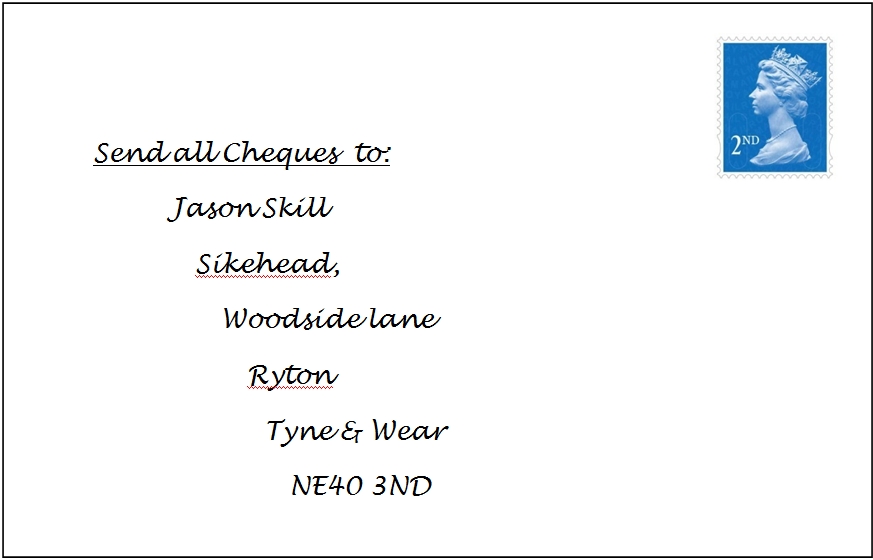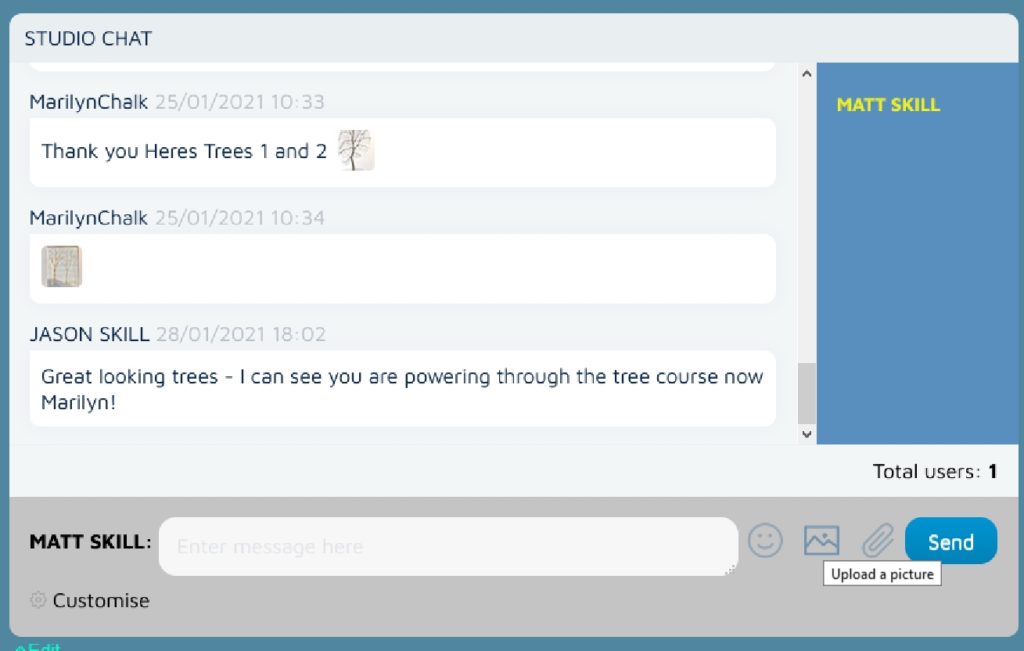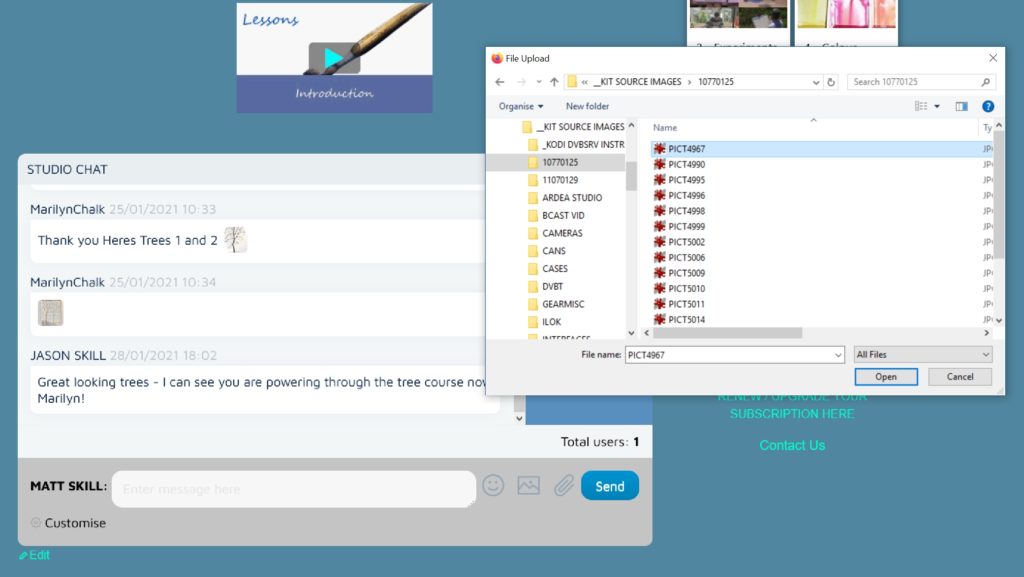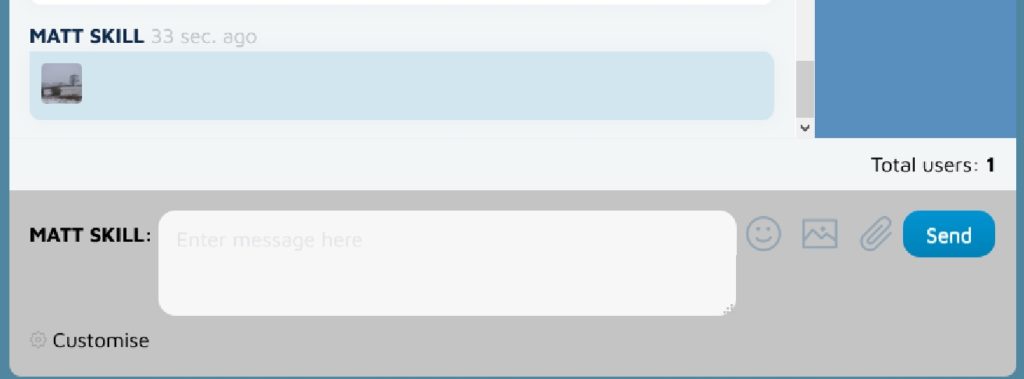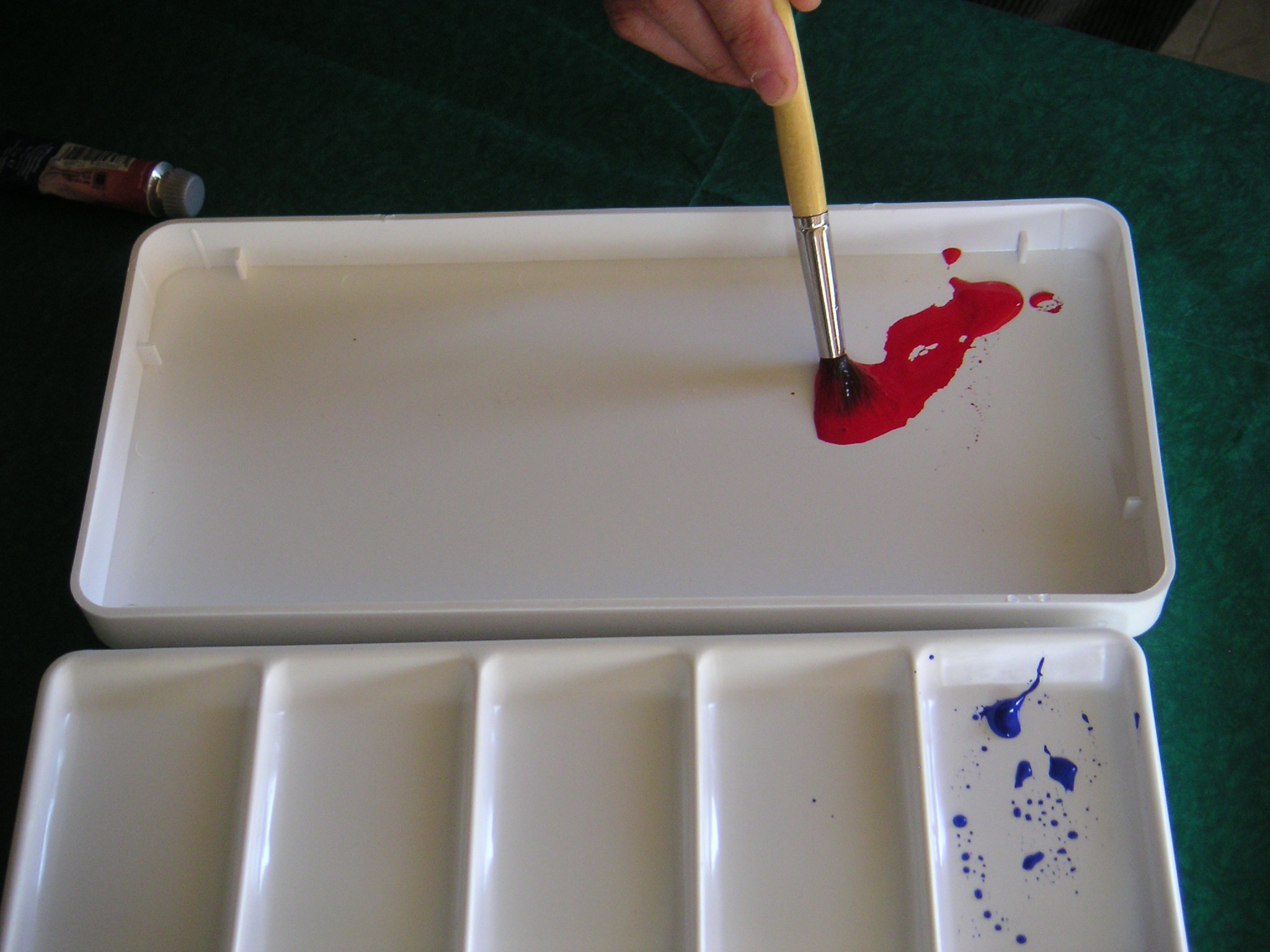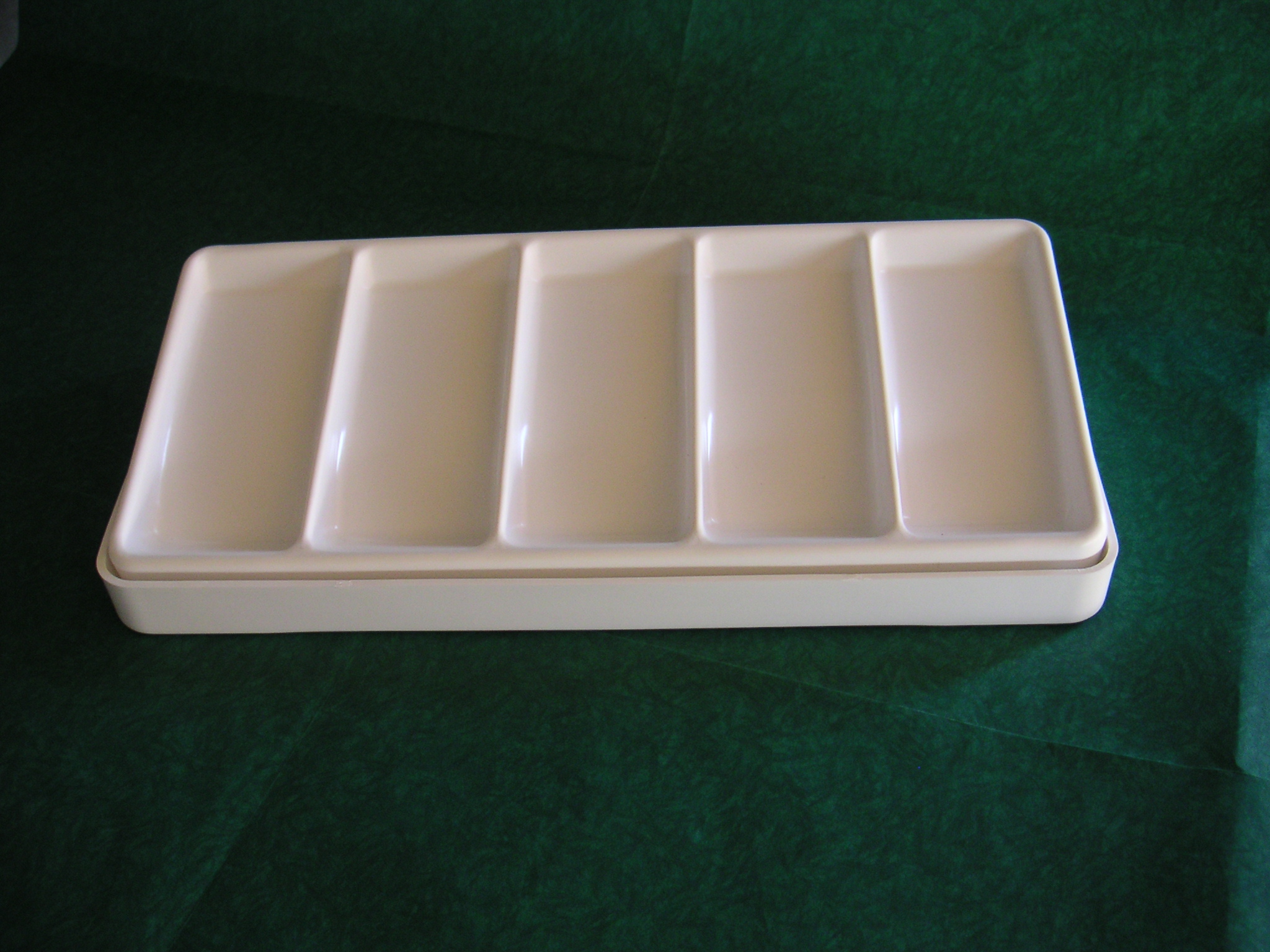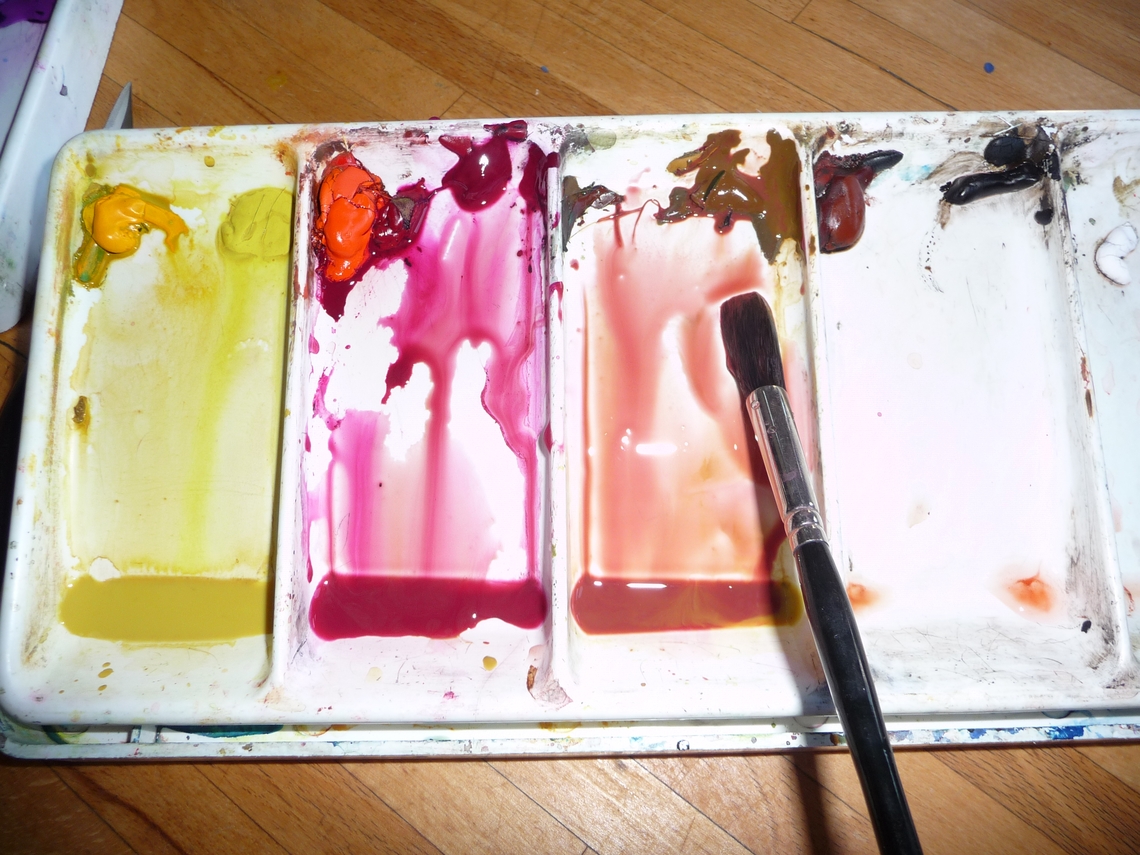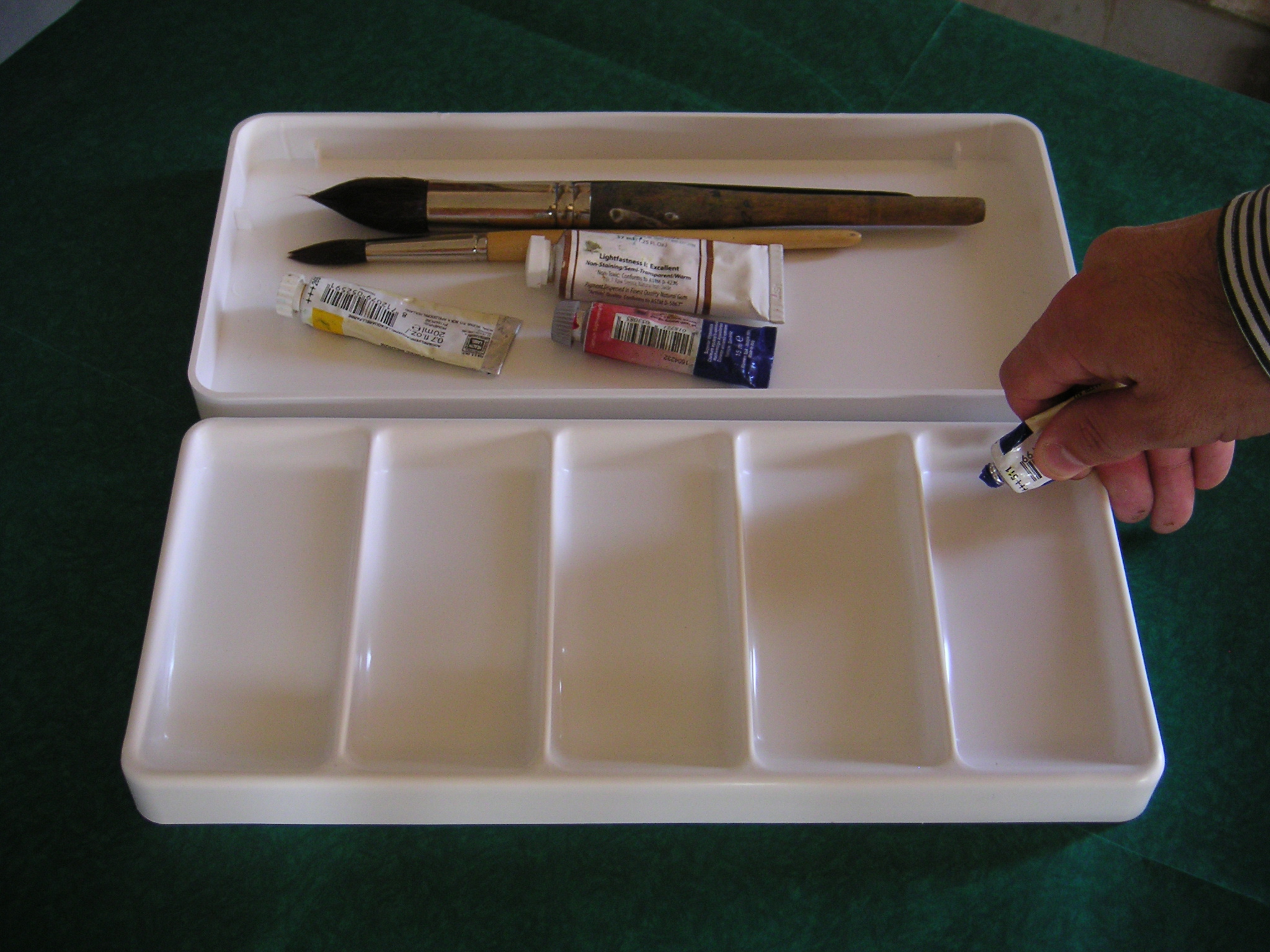Terms & Conditions
Please read this carefully because it sets out the terms of a legally binding agreement between you and the Jason Skill Studio. These terms tell you who we are, how we will provide products to you, how you and we may change or end the contract, what to do if there is a problem and other important information.
OUR TERMS
1. THESE TERMS
1.1 These are the terms and conditions on which you may use www.studio.jasonskill.com (the “Website”) and the content/services available on them (the “Content”).
1.2 These terms apply to your use of the Website and all the Content irrespective of whether you are visiting and browsing the Website ( being a “Visitor”), registering with Jason Skill Studio ( a “User”) or viewing paid-for content by purchasing a subscription ( a” Subscriber”). By accessing the Website, you are agreeing to these terms and conditions. If you do not agree with terms and conditions you should not use the Website or any Content.
2. ABOUT US AND HOW TO CONTACT US
2.1 We are Painting with Skill – a sole trader established in England and Wales. Our address is; Sikehead, Woodside Lane, Ryton,Tyne and Wear,NE403ND, United Kingdom.
2.2 You can contact us by telephoning at +44(0)7482470197 or by writing to us at studio@jasonskill.com
2.3 If we have to contact you, we will do so by writing to you at the email address you provided to us in your registration.
2.4 When we use the words “writing” or “written” in these terms, this includes emails.
3. OUR CONTRACT WITH YOU
3.1 Our acceptance of your subscription will take place when we email you to accept it, at which point a contract will come into existence between you and us.
4. YOUR USE OF THE WEBSITE
4.1 By using this Website and the Content, you confirm that you have read, agree and are in compliance with these Terms and the Policies ( each as amended from time to time). Use of the Website and access to the Content by anyone under the age of 13 requires express consent of your legal guardian.
4.2 Your use of and access to this Website and the Content are subject to the following conditions (“Acceptable Use Conditions”), and you agree that failure to comply with any one of the Acceptable Use Conditions will constitute a breach of these Terms. The Acceptable Use Conditions are as follows:
4.2.1 You agree to use the Website and access the Content only for lawful purposes and your use of the Website and Content is in no way unlawful or fraudulent, and does not have the intention or effect of damaging us either reputationally or financially;
4.2.2 You agree not to use or access the Website or the Content for the purpose of harming or attempting to harm minors in any way;
4.2.3 You agree not to distribute all or any part of the Website or Content in any medium without our prior written consent, unless such distribution is offered through the functionality of the Website and permitted by these Terms including, without limitation, under section 7).
4.2.4 You agree not to alter or modify any part of the Website or the Content;
4.2.5 You agree not to knowingly transmit any data or send or submit any content that contains viruses, Trojan horses, worms, time-bombs, key-stroke logger, spyware, adware or any other harmful programs or similar computer code designed to adversely affect the operation of any computer software or hardware;
4.2.6 You agree not to use or access the Website or Content for any commercial uses or for the benefit or any third party, including but not limited to:
: The sale of access to the Content
: The solicitation of business in the course of trade or in connection with a commercial enterprise; and
: The solicitation of any Visitors or Users of the Website with respect to their content for commercial purposes;
4.2.7 You agree to use the Website and access the Content in a way which does not infringe the rights of third parties or restrict or prevent anyone else’s use and enjoyment of the Website and Content;
4.2.8 You agree not to ask for, collect or harvest any personal data of any Visitors or Users of the Website or Content;
4.2.9 You agree not to post, upload, email or otherwise transmit to or otherwise cause us to email, transmit or otherwise distribute chain letters, surveys or studies, call to action, junk mail, pyramid schemes, incentives ( monetary or click-based), spimming or spamming, or bulk communications of any kin, whether or not for commercial or non-commercial purposes;
4.2.10 You will not copy, reproduce, create derivative works of, distribute, transmit, broadcast, display, sell license, or otherwise exploit any content contained on the Website (including without limitation the Content) for any other purpose other than as permitted by these Terms without our prior written consent;
4.2.11 You agree not to use the Website or the Content and in any manner intended to damage, disable, overburden or impair any Jason Skill Studio server or the network(s) connected to any Jason Skill Studio server, or infringe any requirements, procedures, policies or regulations of any servers or networks connected to the Website;
4.2.12 You agree not to use any high volume, automated, or electronic means to access the Website or the Content (including without limitation robots, spiders or scripts);
4.2.13 You agree not to frame the Website or the Content, place pop-up windows over its pages, or otherwise affect the display of its pages;
4.2.14 You agree not to access or attempt to access any other Visitor or Users account or falsely state, impersonate, or otherwise misrepresent your identity, including but not limited to misrepresenting your affiliations with a person or entity, past or present;
4.2.15 You agree not to send, knowingly receive, submit download, use or re-use any material which does not comply with these Terms
4.2.16 You are responsible for using any tools and materials safely and as directed by the manufacturer(s). You must behave sensibly and follow any safety instructions so as not to hurt or injure yourself or others. The use of painting & drawing tools and materials is entirely at your own risk…
4.3 You acknowledge and agree that the form and nature of the Website and Content which we provide may change from time to time without prior notice to you.
4.4 You acknowledge and agree that we may stop ( permanently or temporarily) providing the Website and Content (or any part of the Content) to you if it is deemed that you are in breach of these Terms, at our sole discretion, without prior notice to you.
4.5 You agree that you are solely responsible for ( and that we have no responsibility to you or to any third party for) any breach of your obligation under the Terms and for consequences of that breach ( including, but not limited to any loss or damage which we or any third party may suffer).
5. PRIVACY POLICY AND REGISTRATION
5.1 All information received by us from your use of the Website will be used by Jason Skill Studio in accordance with our Privacy Policy. Please read this for details of how we may process your personal data.
5.2 Any Visitor can view the Website, but in order to participate fully in all activities on the Website and take part in the Content, you must register for a personal account on the Website (an “ID”) by providing a user name, an email address and a password. You agree that you will never divulge or share access or your access information to your ID with any third party for any reason.
5.3 In setting up your ID, you may be prompted or required to enter additional information, including date of birth, location and any other information that will help other Users get to know you and help us to tailor the services to suit you.
5.4 You undertake to us that all information provided by you in relation to your ID is and will continue to be accurate, current and complete at all times and that you will maintain and update your information to keep it accurate, current and complete.
5.5 Each registration is for a single user only. You are not allowed to share your ID or give access to the Content through your ID to anyone else. Jason Skill Studio may cancel or suspend your access to the Website if you share your ID without further obligation to you.
5.6 You are responsible for all use of the Website made by you or anyone else using your ID and for preventing unauthorised use of your ID. If you believe there has been any breach of security such as the disclosure, theft or unauthorised use of your ID or any payment information, you must notify Jason Skill Studio immediately by emailing us at studio@jasonskill.com
6. SUBSCRIPTION SERVICES
6.1 All Users are not required to purchase anything for certain limited use of the Website or access to certain limited Content. Unless you purchase a subscription with Jason Skill Studio, your use of the Website and access to the Content will be limited.
6.2 Jason Skill Studio reserves the right to vary the amount of content and types of service that it makes available to Subscribers.
6.3 Jason Skill Studio accept debit card, credit card and PayPal payments. We will try to process your subscription as promptly as possible. There may be a delay in the activation of your product while payment details are verified. By submitting your payment and other subscription details, you are making an offer to us to buy a subscription. Your offer will only be accepted by us and a contract formed when we have successfully verified your payment details and email address, at which point we will provide you with access to your subscription. We reserve the right to reject any offer in our sole discretion, for any or no reason.
6.4 The subscription price will be made clear to you on our sign-up pages or otherwise during the sign-up process and may vary from time to time. You agree to pay the fees at the rates notified to you at the time you purchase your subscription. For certain subscriptions you can take out either an annual or annual-paid-monthly ( or other frequency we offer ) subscription. Other subscription periods may only require a one-off payment. Eligibility for any discount is ascertained at the time you subscribe and cannot be changed during the term of your subscription. We will always tell you in advance of any increase in the price of your subscription and offer you an opportunity to cancel it if you do not wish to pay the new price.
6.5 Each subscription is for a single user only. You are not allowed to share or give access to the subscription-only Content through your ID to anyone else. Jason Skill Studio may cancel or suspend your access to the Website if you share your such content with others without further obligation to you.
7. USER GENERATED CONTENT
7.1 The Website also includes forums, comments sections, blogs and other interactive features that allow interaction between users and users and Jason Skill Studio ( the “Chat Channels” ), and information posted to the Chat Channel by users. ( “User Generated Content” or “UCG” )
7.2 If you wish to view or participate in the Chat Channel, you must comply with these terms.
7.3 You will retain ownership of the copyright in any of your UGC that you publish on the Website. You agree that if you post UGC to a Chat Channel then you are granting Jason Skill Studio a right ( but not an obligation) unlimited in time to publish, re-use, archive, modify, delete that UGC in whole or in part as we see fit, whether on the Website, without any requirement to pay you for this and with or without attribution to you. This means that you grant us a non-exclusive, perpetual, irrevocable, royalty-free licence to use any UGC you publish in whole or in part in any manner and for any purpose whatsoever and without further obligation to you. You also waive any moral rights that you may have in regard to the UGC. However Jason Skill Studio will not publish, re-use, modify your UGC outside the Website without your express permission.
7.4 You are responsible for all the content of any of your UGC that you or we publish. You are financially responsible to us for any claim against us by any third party that your UGC is not in accordance with this clause. We reserve the rights to remove your UGC, temporary suspend or terminate your subscription without refund if you are in breach of this clause.
You agree that you will:
7.4.1 only publish UGC that is your original content and will not infringe the copyright or other rights of any third party when publishing UGC.
7.4.2 not post, link to or otherwise publish any UGC containing any form of advertising or promotion for goods and services or any spam or other form of unsolicited communication.
7.4.3 not post, link to or otherwise publish any UGC that is threatening, offensive, libellous, indecent or otherwise unlawful.
7.4.4 not post comments that are discriminatory in nature, for example, comments which make attacks on the grounds of race, religion, sex, gender, sexual orientation, disability or age.
7.4.5 respectfully challenge different points of view but not personally attack other commentators.
7.4.6 not disguise the origin of any UGC and not impersonate any person or entity or misrepresent any connection with any person or entity.
7.4.7 not post or otherwise publish any UGC unrelated to the Chat Channel or the Chat Channel’s topic.
7.4.8 not post or transmit any UGC that contains software viruses, files or code designed to interrupt, destroy or limit the functionality of the Website or any computer software or equipment.
7.4.9 not collect or store other users’ personal data.
7.4.10 not restrict or inhibit any other user from using the Chat Channel.
8. INTELLECTUAL PROPERTY RIGHTS
8.1 We are the owner of the all necessary intellectual property right in all aspects of the Website and the Content including but not limited to the technology, source code, all content, software, scripts, images, graphics, video and audio (the “Content IPR”). The Content IPR is protected to the fullest extent possible by copyright laws. All such rights are reserved. You agree that the Content IPR remain the property of us and that all updates and modifications to the Content IPR will vest in us. You also agree that you have no rights in or to the Content IPR other than the right to access to it in accordance with these terms.
8.2 It is our policy that any content included on the Website or within the Content that infringes, or is likely to infringe, the intellectual property rights of any third party will be removed from the Website as soon as possible after we are made aware of such infringement or potential infringement.
9. THIRD PARTY SITES AND SERVICES
9.1 The website may contain links to other Internet websites or online and mobile services provided by independent third parties, including websites of our advertisers and sponsors (what we call “Third Party Sites”), either directly or through frames.
9.2 It is your decision whether you purchase or use any third-party products or services made available on or via Third Party Sites. Our Privacy Policy does not apply to Third Party Sites.
9.3 The Website can contain advertising and sponsorship. Jason Skill Studio is not responsible for any error or inaccuracy in advertising or sponsorship material.
10. YOUR LIABILITY TO US
10.1 You indemnify and keep us fully indemnified from and against all actions, claims, demands, costs, expenses, liabilities, loss, damages or other monetary relief brought, made or awarded against or incurred by us resulting (directly or indirectly) from:
10.1.1 you submitting any content to the Website or participating in the Chat Channels;
10.1.2 your access to or use of the Website or Content;
10.1.3 your breach of any of these Terms; and
10.1.4 any negligent act or omission, deliberate default or breach of statutory duty on your part.
10.2 Each indemnity in this section is separate and independent from the other obligations in these Terms. Each of these indemnities is to remain fully effective despite any indulgence granted from time to time and despite any judgment or order.
10.3 This section 10 survives the expiry of these Terms
11. OUR LIABILITY TO YOU
11.1 Nothing in these Terms affects any statutory rights that you are entitled to as a consumer.
11.2 The Website and the Content are provided to you “as is” and we make no warranty or representation to you with respect to them.
11.3 We exclude all representations, warranties, conditions and terms express or implied by statute, common law or otherwise to the fullest extent permitted by law. We accept no liability for any special, indirect, incidental, consequential or economic loss, or any other losses, howsoever caused arising out of or in connection with these Terms. This includes (without limitation):
:- any loss of profit (directly or indirectly);
:- any loss of goodwill; and:
:- any loss of opportunity.
11.4 We provide the Content on the Website in good faith but give no warranty or representation that the Content are accurate, complete that they will meet your requirements, nor that the Website does not infringe the rights of any third party. We accept no responsibility or liability for your use of Content on the Website and your use is entirely at your own risk. While we take reasonable precautions to prevent the existence of computer viruses and/or other malicious programs on the Website, we accept no liability for them.
11.5 Information transmitted via this Website will pass over public telecommunications networks. We make no representation or warranty that the operation of this Website will be timely, secure, uninterrupted or error-free and disclaim all liability in that respect to the greatest extent permitted by law.
11.5.1 Information transmitted via this Website and thence over public telecommunications networks will then be viewed on the users computer devices, and via software installed on them, both of which – from a practical & technical standpoint – are entirely outside of our control.
Therefore we have no ability to configure/modify the users setup in order to enable/improve correct viewing of the site and its content, nor are we obliged in any way to do so. We make no representation or warranty that the Website and its hosted content will be fully usable/viewable on any specific Users combination of device+software that they choose to use, and disclaim all liability in that respect to the greatest extent permitted by law.
We may however – at our discretion – offer advice to users who contact us because they are having problems seeing the site and content, and this advice may include suggestions for them to use ( e.g. ) an alternative browser. We will also make general recommendations for how to best view/use the site which may involve the user making changes to their system if our recommendations are followed, but we disclaim all liability for them having other subsequent problems on their device/software because of any change suggested by us to them either individually, or in the form of the general recommendations. to all users.
11.6 We accept no responsibility for any loss or damage incurred by you as a result of:
11.6.1 any reliance placed by you on the completeness, accuracy or existence of any information or advertising, or as a result of any relationship or transaction between you and any advertiser or sponsor whose advertising appears on the Website or in relation to the Content;
11.6.2 any changes which we may make to the Website or Content, or for any temporary interruptions in the provision of the Website or Content;
11.6.3 the deletion of, corruption of, or failure to store, any Content and other communications data maintained or transmitted by or through your use of the Website;
11.6.4 your failure to provide us with accurate account information; or
11.6.5 your failure to keep your account details secure and confidential.
You are responsible for using any tools and materials safely and as directed. You must behave sensibly and follow any safety instructions so as not to hurt or injure yourself or others. The use of painting & drawing tools and materials is entirely at your own risk
11.7 We reserve the right to suspend your use of the Website and/or access to the Content at any time for operational, regulatory, legal or other reasons.
11.8 We may terminate your account/subscription or access/use of the Website with immediate effect:
11.8.1 if we reasonably believe you or any User you are connected with are in breach of any of these Terms;
11.8.2 in order to prevent any fraudulent, unlawful or abusive activity; or
11.8.3 if it is necessary to prevent or stop any harm or damage to us, other Users of the Website or the general public.
12. GOVERNING LAW
12.1 These Terms, your use and access to the Website, and all other policies issued by us whether referred to by us herein or not are governed by and construed in all respects in accordance with the laws of England and Wales.
12.2 Any or all disputes arising between you and us in connection with your access and use of the Website, including as to the validity of these terms or policy issued by us, will be subject to the exclusive jurisdiction of the courts of England and Wales. For any dispute between you and us, you agree that you will first attempt to resolve it with us informally. In the unlikely days of the dispute being notified in writing, we both agree to submit to the exclusive jurisdiction of the courts of England and Wales to resolve any such dispute.
13. CHANGES TO THE WEBSITE AND THESE TERMS
13.1 We may update or amend these Terms (as well as our Policies or and other guidance we issue) from time to time to comply with law or to meet our changing business requirements. When we update our Terms or Policies, we will take appropriate measures to inform you, consistent with the significance of the changes we make. Any updates or amendments will be posted on the Website.
13.2 For any operational, regulatory, legal or other reason, we reserve the right to modify, suspend or discontinue all of the Content with or without notice to you and we will not be liable to you or any third party for any such modifications, suspension or termination. By continuing to use the Website, you agree to be bound by the terms of these updates and amendments.
14. OTHER IMPORTANT TERMS
14.1 If any of these Terms are found to be illegal, invalid or unenforceable by any court of competent jurisdiction, the remainder of these Terms remain in full force and effect.
14.2 Only you and we are entitled to enforce these Terms. No third party is entitled to enforce any of these Terms, whether by virtue of the Contracts ( Rights of Third Parties ) Act 1999 ( which is expressly excluded ) or otherwise.
14.3 We may freely transfer or assign any part of our rights or delegate our obligations under these Terms. You are not entitled to transfer or assign, by operation of law or otherwise, any part of your rights or delegate your obligations under these Terms without our prior written consent.
14.4 These Terms, the Policies set out the entire agreement between you and us and replace any and all prior terms, conditions, warranties and/or representations to the fullest extent permitted by law. Any delay or failure by us to exercise any right we may have under these Terms does not constitute a waiver by us of that right.
